Scan VS print
Yes, the title of this post looks confusing, because of course scanning is an input process and printing is an output process. Ad it’s even more confusing, as the print needs to be scanned as well… But first things first.
My last development of ISO 3200 Film was quite successful and I was quite surprised by the results. The negatives didn’t look as good as HP5 or TMAX but I thought those could be actually ‘thick’ enough to be enlarged onto paper.
I used this Film (Ilford Delta Professional 3200) for a nightshooting in the Westend of Munich. I had no tripod with me. When I scanned the negatives, there was grain, grain, grain. And grain. But as said, the density looked good so I decided to enlarge some shots to make a comparison between a purely scanned negative and an enlarged, and then scanned 8×10 photo.
I was surprised, not to say shocked about the results. So let’s have look at them:
I think you guessed it, the left picture is the scanned negative and on the right you can see how the paper seems to eat the grain away. The printed version is of course darker and has less dynamic range but looks more appealing to me. You might think I have not properly focussed or I have a bead Lens, but let’s look at the next set:
Again, left scanned, right print. You can clearly see the fine structures of the St. Pauls Church and that the scanned negatives looks really bad and has a lot of burned highlights.
I am really surprised how apparent the film grain can be sen in the scanned negative.
Here I like both versions, but you can clearly see that the levels are not right in the scanned negative.
Here the scan shows an advantage, as more details can be seen. Which is not really an advantage in this graphic shot. 🙂
I use a Plustek 7200i scanner for my negatives, scan in 3600dpi at full color and do auto levels in Adobe Photoshop CS4. I then import the tif files into Adobe Lightroom and do final adjustments.
The prints where enlarged on Grade 3 8×10 paper and developed in Rollei RPR. No adjustments where made to the scanned prints.
Conclusion: Even in the age of digital, a handmade print may look more appealing to the eye.
If you have similar experiences to share, feel free to contact me.

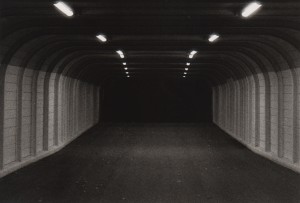

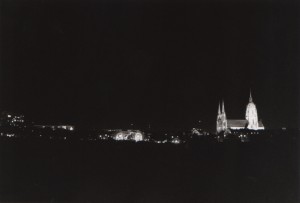

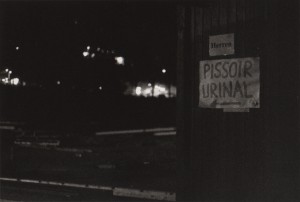


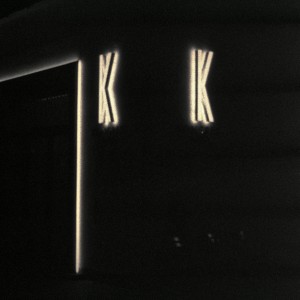
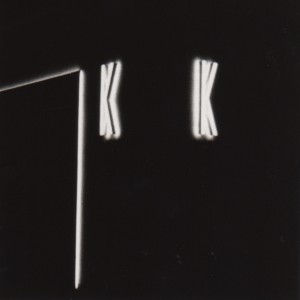
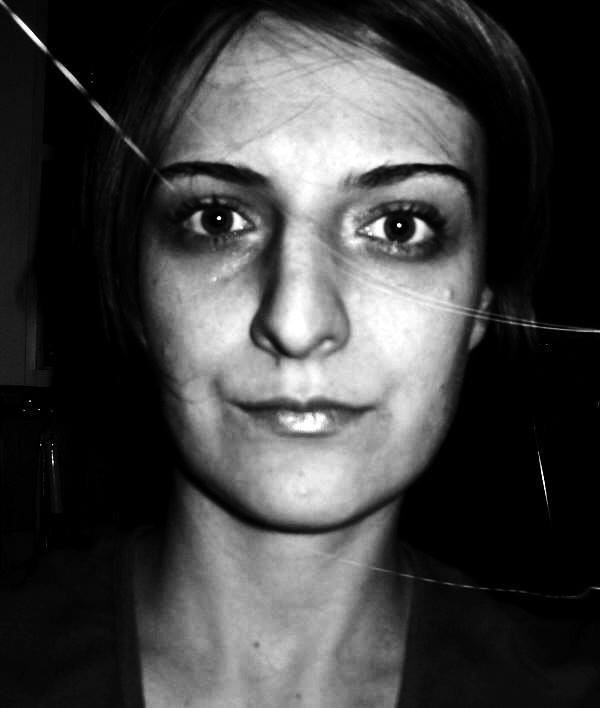

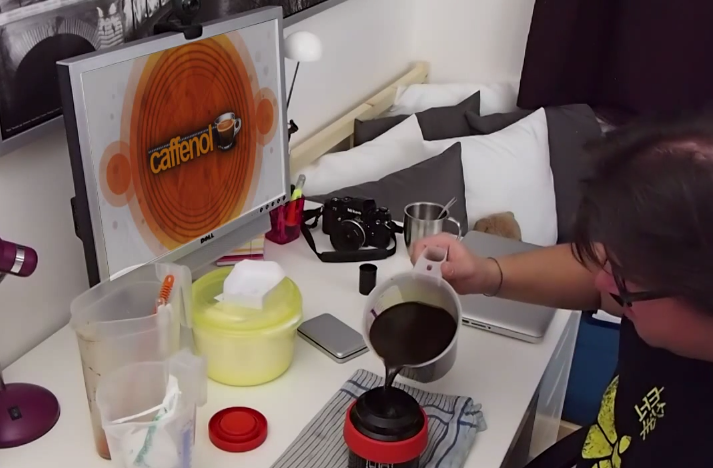
9 Comments
Michael (R.) · November 8, 2010 at 6:21 pm
This is a well known optical phenomenon: Darkroom enlargers have a bulb as point lightsource, wich is bundeld by a condensor. The effekt is, that the final light on the printing paper is not a single, directional ray but a small bundle of lightrays with slightly different directions. Moreover, the wavelength in a conventional light bulb are a continuos spectrum, the wavelngths overlap there different refraction and aberation characteristics. As a result, the final image has a certain lack of “sharpness”, thus the grain gets smoothed out. The opposite is true for modern scanners, wich mostly use LED lights. LEDs have only a few wavelengths, the light is highly directional. Moreover, the distance to the film is very short. All this leads to a very high degree of sharpness, wich exagerates the grain. A second source of grain is a kind of moire effect of grain interlacing with the scanners pixels. If the grain is big enough to block half of the light passing to the pixel of the scanline it will be registered a dark pixel, thus as grain.
The physical grain is often smaller than 3600dpi, but the scanner will even at lower resolutions produce pseudograin due to this effect.
So when it comes to grain, a darkroom print can definitly miles ahead. Scanning wins when it comes to convenience 🙂
dirk · November 8, 2010 at 7:36 pm
Thank you, Michael for this excellent explanation!
You say scanning is more convenient, so I assume you have never used a Plustek 7200i, where producing a Darkroom print is quicker 😉
Michael (R.) · November 9, 2010 at 7:47 am
I’ve work on wet prints only two times in my life, but I live, like you, in Munich, and instantiating a darkroom in my bath would be an inconvenient and expensive way to loose my girlfriend and my flat.
Reinhold · January 18, 2011 at 9:30 am
Interesting comparison, explanation and I’m shocked to. At least about the loss of sharpness of the print. Although the results may differ with other scanners, the look and feel of a real wet-print holding in your hands is unbeatable and can’t be shown on a pixellated screen.
Thank you for comparing the uncomparable. I should definately do more darkroom work. But as Michael said, scanning is more conveniant and has its very own advantages.
Best regards – Reinhold
Greg · April 23, 2011 at 11:03 am
If the print has qualities caused by a specific type of loss of detail which is caused by the nature of the light source, shouldn’t it be possible to duplicate that same type of loss of detail in post-processing of the scanned negative?
Ken · March 22, 2012 at 2:52 pm
I think the effects on this, Possibly the Kalium Bromide missing because of High ISO.
Luckily, there is one solution which should be standardized for adding Bromide into the solution, remember the Kalium bromide is the last component, don’t mess the solution up.
dirk · March 22, 2012 at 3:56 pm
This has nothing to do with the development itself, it only shows the difference between actual printing and scanning. Michael already explained very well this optical phenomenon. I myself am not a big fan of KBr, as it makes it more complicated to get the ingredients pf caffenol. I will for sure try it out at some point, but it is not on top of my list.
Ken · March 23, 2012 at 3:42 am
well,dirk,I also not be big friend of this. For single layered and low ISO(at most ISO 100,which said from others), it is no need to add.
However some people are using the DELTA-STD like to add CD-4 for some serious testing which I read few days ago, and comparing with the workable solution opened (including D-76,metol solutions). I guess if you like something stable for printing and processing, then it is better to,especially in color and more than ISO 100 B&W films.
I will test this carefully since we are the cleaners now.
My Fav Caffenol Recipe – Let's Bring Film Back · August 1, 2017 at 11:42 am
[…] Ilford Delta 3200 […]